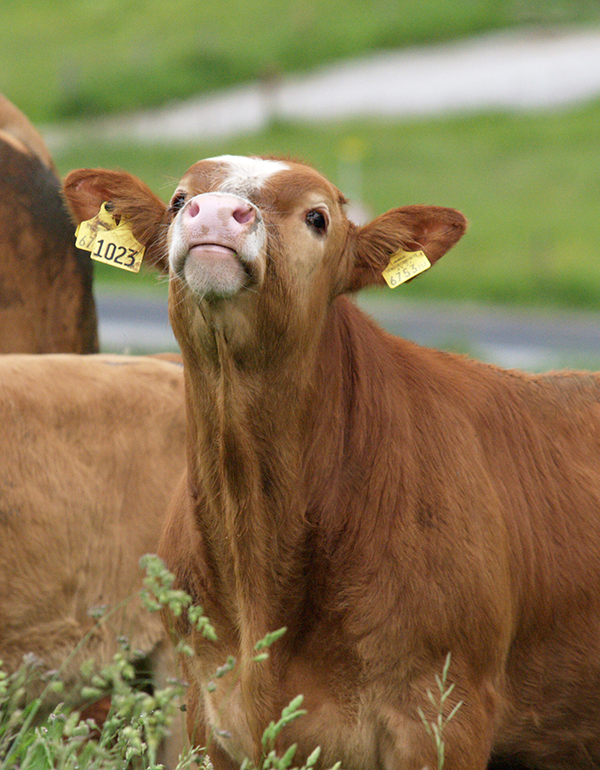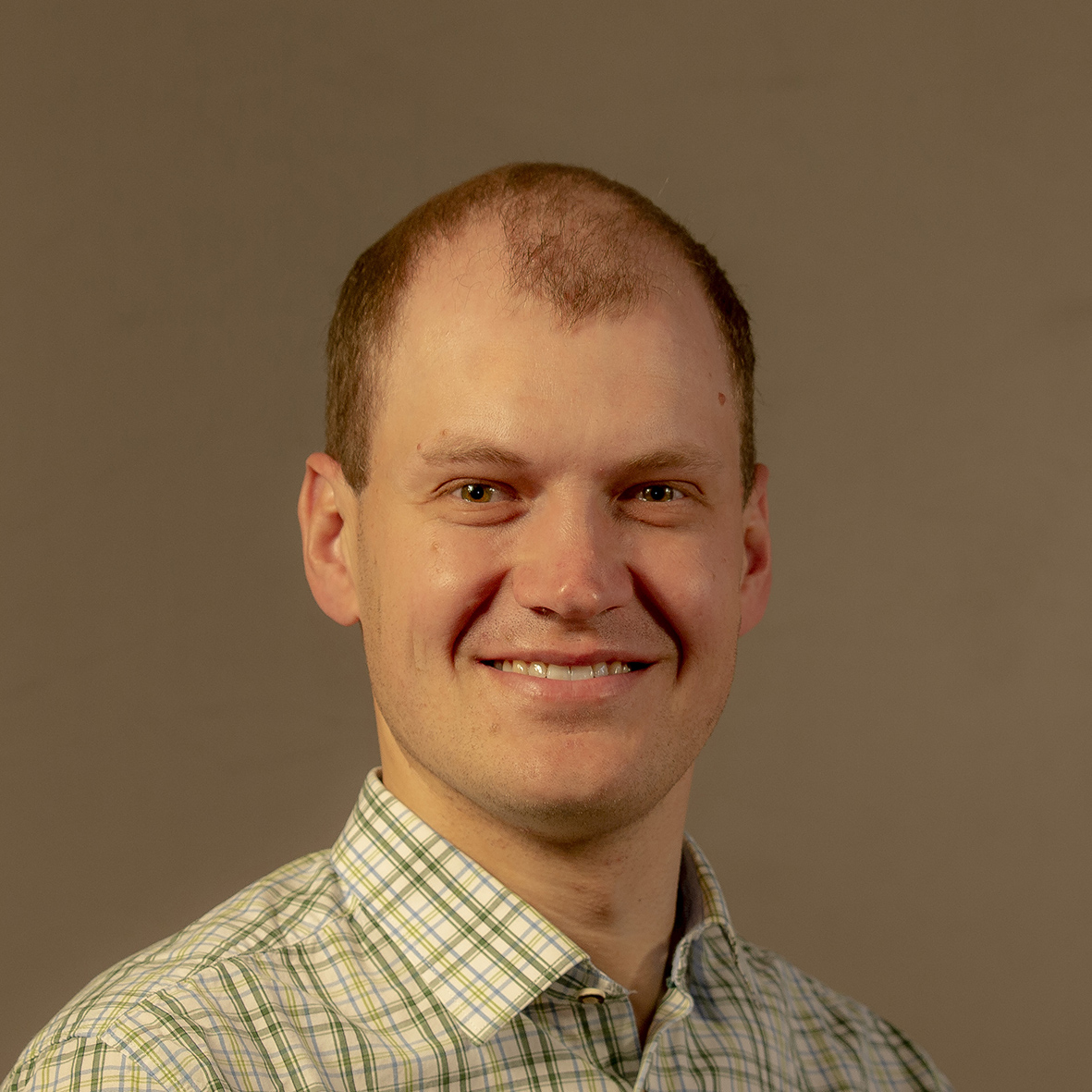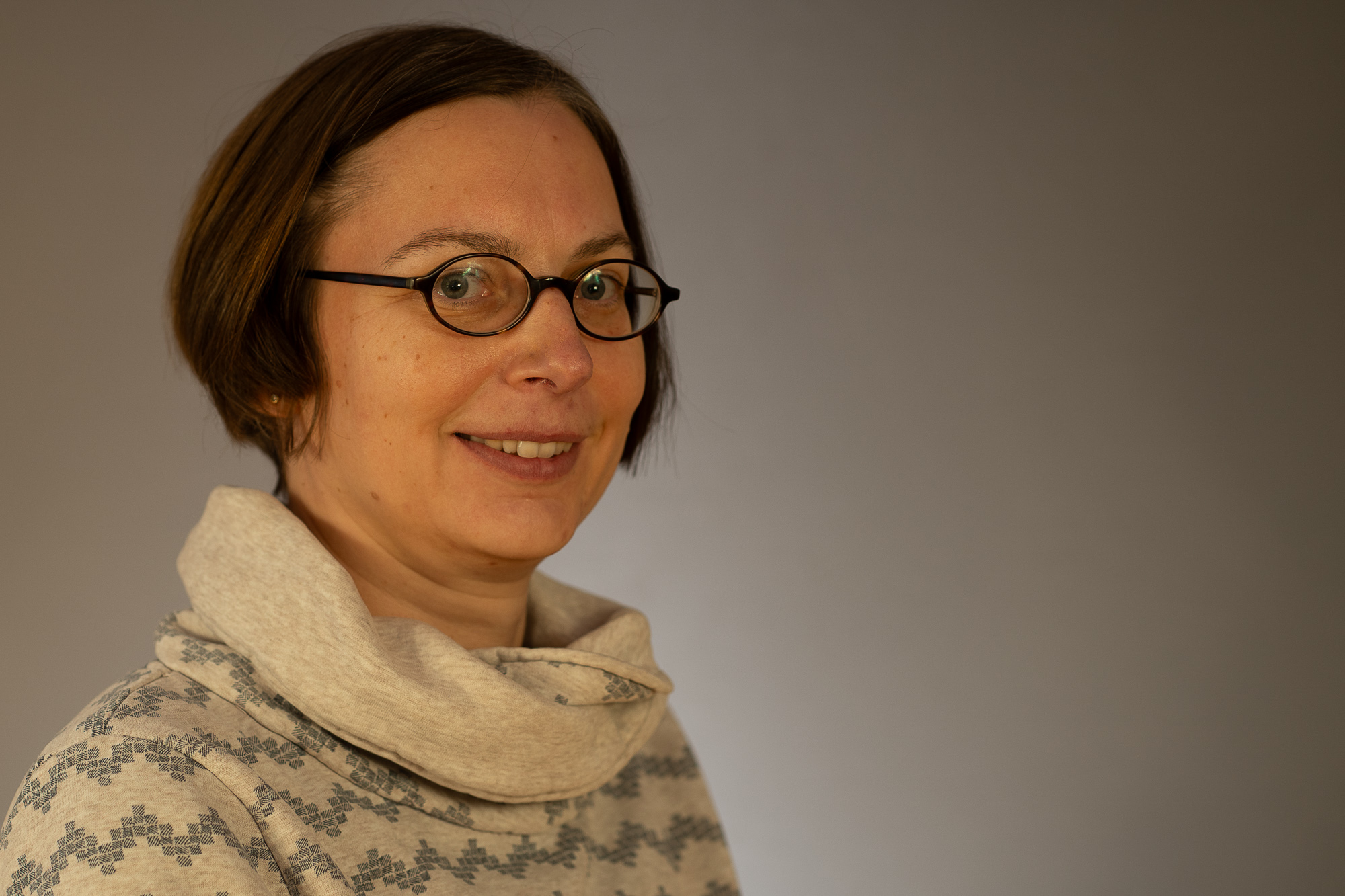It started with Dr. Margit Velik ( HBLFA Raumberg-Gumpenstein) with two lectures, the first of which dealt with current slaughter performance results of ALMO oxen. In her second presentation she discussed marbling as a quality feature of beef. In the course of this, she presented current research results on possible methods of assessing marbling in slaughterhouses. Jan-Hendrik Puckhaber (Milchhof Gut Bandelstorf GbR, Germany) then spoke about his experiences with automatic milking systems and specifically addressed challenges related to udder health.
The second block of the conference was dedicated to sorghum as an alternative forage crop in the event of damage caused by corn rootworms or drought in corn cultivation. As part of the EIP project “Innobrotics”, the possibility of using millet whole plant silage in cattle feeding has been investigated in recent years. Dr. Georg Terler and Ing. Reinhard Resch (both HBLFA Raumberg-Gumpenstein) presented the resulting experimental results on the feed value and fermentation quality of whole plant silages from various sorghum varieties. Dipl.-Ing. then reported. Karl Wurm (Styrian Chamber of Agriculture) about his experiences with the use of sorghum whole plant silages on cattle fattening farms in Styria.
The second day began with two lectures by researchers from the HBLFA Raumberg-Gumpenstein on the topic of site-appropriate agriculture. First, Dr. Thomas Guggenberger developed the concept of holistic eco-efficiency, which is used for the combined assessment of environmental impacts and economic efficiency on agricultural operations. He also gave an overview of the eco-efficiency of Austrian dairy farms based on sample results. In the second lecture, Mag. Christian Fritz showed where greenhouse gases are produced in grassland-based livestock farming and what share the individual areas make in the total greenhouse gas emissions of a livestock farm.
The last block focused on the effects of climate change on agriculture and possible adaptation strategies for farms. First, Dr. Martin Schönhart (University of Natural Resources and Life Sciences, Vienna) provides an overview of various climate scenarios and their expected effects on agriculture. He also named numerous adaptation strategies and pointed out that concrete adaptation measures must be taken as soon as possible. Ing. Reinhard Resch then discussed the consequences of climate change for basic feed production. He explained what effects drought, heavy rain or heat can have on forage yield and quality as well as the silageability of forage. The last lecture dealt with the topic of irrigation of grassland areas. Thomas Prünster (Mountain Agriculture Advisory Group, South Tyrol) reported on how irrigation affects the yield and quality of grassland feed and what things should be taken into account when operating an irrigation system.
The high-quality presentations at this webinar meant that participants were able to be offered the opportunity for further training even in times of the Corona crisis. The lively participation in the discussion of the lectures as well as numerous positive feedback demonstrated the great interest of the participants in this webinar.
The lectures and conference contributions from the 47th Livestock Industry Conference can be downloaded free of charge from our homepage. Videos of the lectures








